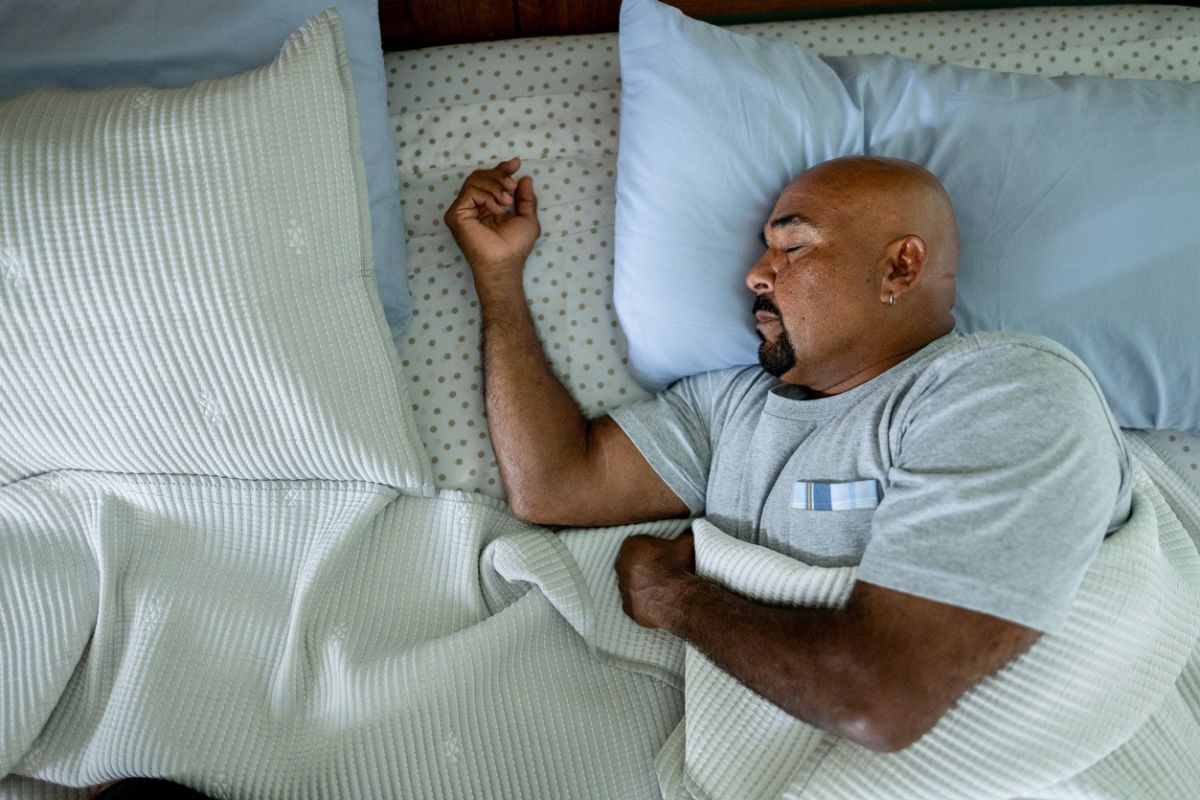Streetlights, smartphones, and computer screens keep our world in a perpetual state of brightness. And now new research published in Nature Mental Health clarifies just how much this light overexposure may affect mental health.
In this largest-of-its-kind study, researchers from Monash University in Australia analyzed light, sleep, physical activity, and mental health across a pool of 86,772 adults included in the UK biobank. The study encompassed a wide demographic, with participants averaging 62.4 years of age and about evenly split between males and females.
Lemborexant and Daridorexant for the Treatment of Insomnia
Assessment of Sleep Among University Medical Trainees
How ‘Sleep Spindles’ May Help Regulate Anxiety in PTSD
Science of Light and Mind
Light plays a crucial role in regulating circadian rhythms, the natural, internal processes that regulate sleep-wake cycles. Daytime light exposure, it turns out, strengthens these rhythms. But it’s a different story after the sun sets. Nighttime light exposure disrupts circadian rhythms, affecting sleep as well as other psychological factors such as mood stability, stress response, and cognitive function.
The study found a clear correlation between nighttime light exposure and psychiatric disorders. Conditions such as insomnia, depression, and anxiety were prominently affected by imbalances in light exposure. Excessive nighttime light exposure specifically led to a 20 percent increase in symptoms associated with this list of psychiatric disorders.
The negative impact of night light exposure appeared to be independent of factors such as demographics, physical activity, season, and employment status, including shift work. They also held when comparing urban versus rural living, and cardio-metabolic health status.
Excessive exposure to light, especially artificial blue light from screens, wreaks havoc on circadian rhythms in several ways. First, it suppresses the production of melatonin, the hormone that promotes sleep. Second, an overflow of light can shift internal body clocks, causing a “phase delay” that makes it difficult to fall asleep at the appropriate time, thereby affecting sleep quality and duration. Additionally, light overexposure can alter core body temperature, another factor regulated by circadian rhythms, disrupting not just sleep but other biological processes, as well.
The Implications
The study was led by Associate Professor Sean Cain, from the Monash School of Psychological Sciences and the Turner Institute for Brain and Mental Health in Melbourne, Australia. He explained that our brains evolved to work best with bright light in the day and then with almost no light at night. However, modern, industrialized times have literally turned our biological systems upside down.
“Humans today challenge this biology, spending around 90 percent of the day indoors under electric lighting which is too dim during the day and too bright at night compared to natural light and dark cycles. It is confusing our bodies and making us unwell,” he said.
Cain added that the findings could help society. As our every waking moment glows brightly, it’s important to be aware of the potential ramifications.
“Once people understand that their light exposure patterns have a powerful influence on their mental health, they can take some simple steps to optimize their well-being. It’s about getting bright light in the day and darkness at night,” he said.
Current recommendations suggest limiting exposure to artificial light during nighttime. The researchers said simple measures, like using dimmer switches or blue light filters on devices, can go a long way in safeguarding our mental health.



